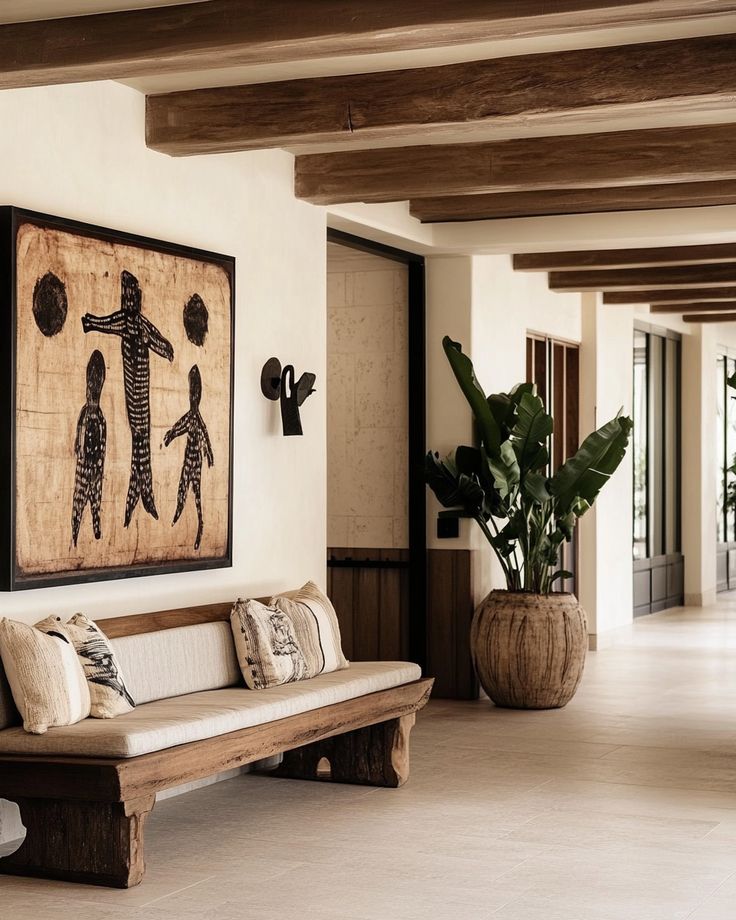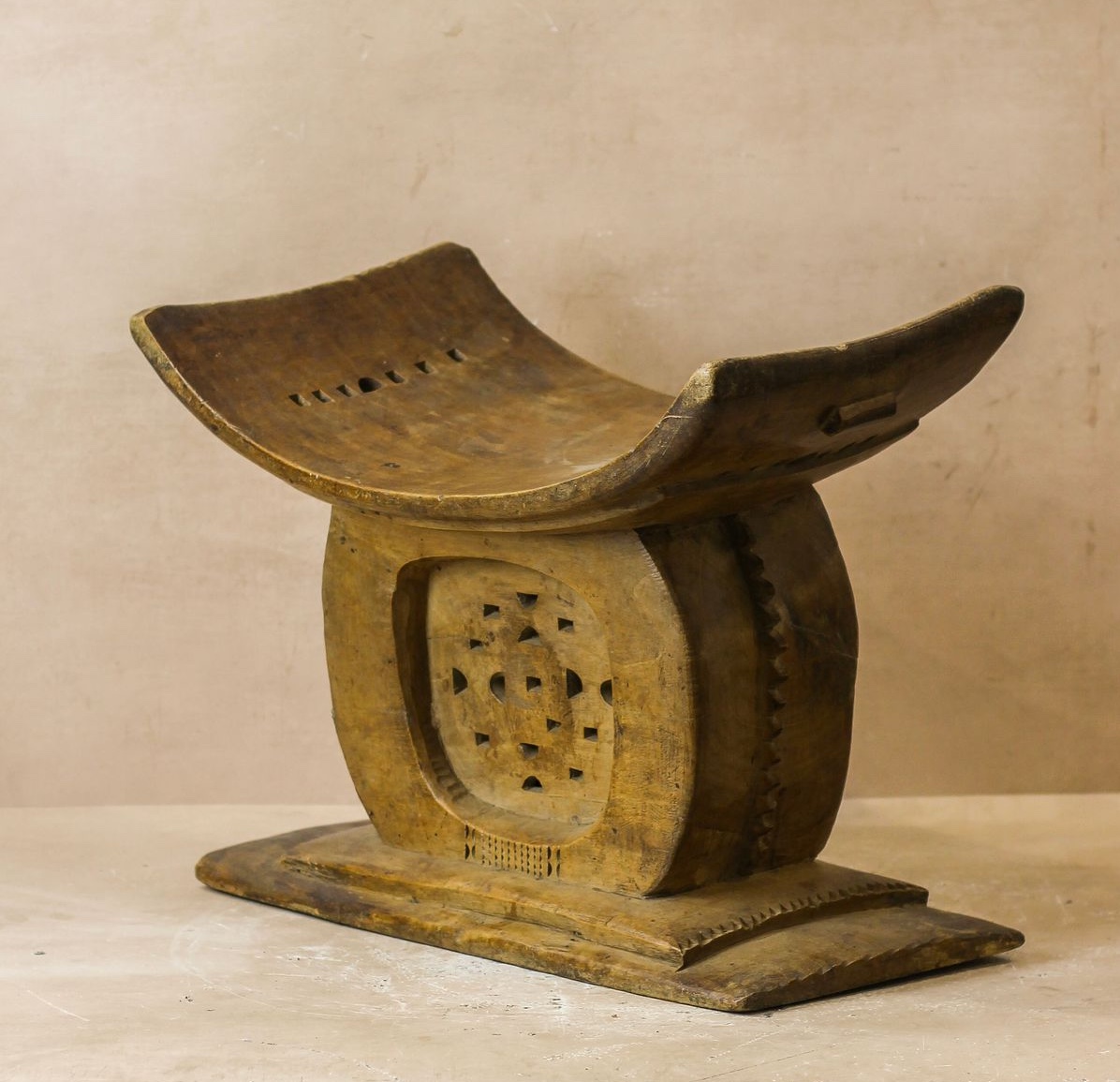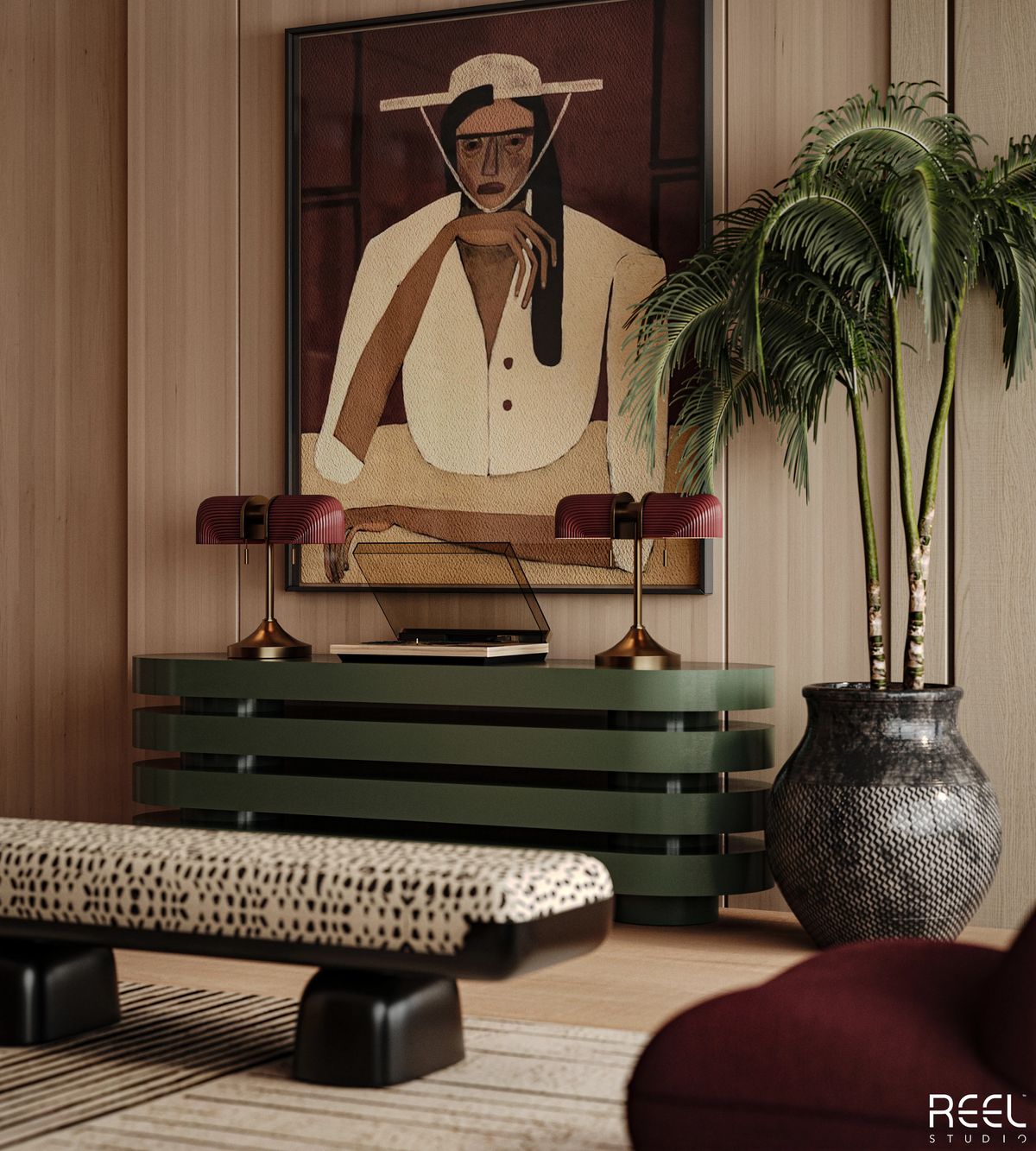
Introduction
Design is more than just aesthetics—it’s storytelling. And in today’s world, homeowners are seeking spaces that honour their heritage while embracing modern living. Blending African and modern design styles allows you to craft interiors that are both bold and timeless, rooted in culture yet fully aligned with contemporary lifestyles.
This approach is not about clichés or stereotypes. Instead, it’s about curating harmony between traditional African craftsmanship, symbolism, and materials, and modern design principles like minimalism, open layouts, and smart living.
So, how can you achieve this balance without overwhelming your space? Let’s explore the strategies, principles, and real-life applications that make blending African and modern design so powerful.

1. Why Blend African and Modern Design?
- Identity & Expression: Spaces reflect personal and cultural roots.
- Functionality: African traditions often align with sustainable, climate-conscious living.
- Luxury with Meaning: Instead of generic modernism, interiors become rich with symbolism and narrative.
According to the Global Interiors Report 2023, 63% of homeowners want culturally influenced interiors, showing a growing desire for design that feels personal and meaningful.
2. Key Elements of African Design That Pair with Modern Interiors
Natural Materials & Textures
Clay, stone, timber, raffia, and woven textiles bring warmth and depth. Pair them with sleek marble or concrete for a balanced look.
Bold Patterns & Symbolism
African prints and motifs carry history and storytelling. Integrate them subtly in cushions, rugs, or wall art alongside modern monochromes.
Earth Tones & Vibrant Accents
Warm earth tones—ochre, terracotta, deep greens—create grounding backdrops. Add bursts of vibrant colour for contrast in modern spaces.
Craftsmanship & Artisanal Pieces
Hand-carved furniture or woven baskets add soul to otherwise minimalist interiors.
Spatial Concepts
Courtyards, circular layouts, and privacy-conscious architecture offer alternatives to open-plan living, rethinking modern layouts.
3. Practical Tips for Blending African & Modern Design
- Start with a Neutral Base
Use white, beige, or soft grey walls. Layer African-inspired furniture or textiles to bring character. - Choose Statement Pieces
One bold African artwork or a carved wooden console can anchor a room without overwhelming it. - Balance Patterns with Minimalism
Too many bold prints can feel chaotic. Use them sparingly against clean, modern lines. - Mix Local and Contemporary Craft
Pair a modern sofa with African throw blankets, or a glass dining table with hand-carved mahogany chairs. - Use Light Strategically
African interiors often celebrate natural light. Combine it with modern LED systems to enhance ambience.
4. The Role of Walk-In Closets in Blended Design
Yes—even walk-in closets can reflect cultural fusion.
- Materials: Use natural woods like iroko or mahogany for cabinetry, alongside modern glass enclosures.
- Textiles: Incorporate woven baskets for storage instead of sterile plastic bins.
- Layout: Blend boutique-style displays with African patterns as backdrop wall panels.
- Luxury Meets Heritage: A climate-controlled wardrobe can still feature artisanal handles or brass accents inspired by African craft.
Pro Insight: A well-designed walk-in closet can increase property value by up to 15%, making it a functional yet meaningful investment.
5. FAQs About Blending African and Modern Design
Q1: How do I avoid my space looking “theme-like”?
Focus on balance. Use heritage-inspired elements as accents, not overwhelming statements.
Q2: Can African-inspired design work in small apartments?
Yes! Use textiles, art, or symbolic patterns in small doses—perfect for compact, modern layouts.
Q3: Is this style expensive to achieve?
Not necessarily. Commissioning local artisans can often be more affordable than imported luxury goods.
Q4: Can technology coexist with heritage elements?
Absolutely. Smart home systems pair beautifully with handcrafted furniture and natural materials.
Q5: What’s the future of African-modern fusion?
Expect to see more eco-conscious, heritage-rooted luxury design, as sustainability and identity become key drivers.
Conclusion
Blending African and modern design is not just an aesthetic choice—it’s a philosophy. It creates interiors that are luxurious, personal, and timeless. By combining cultural storytelling with contemporary design principles, you can craft a home that feels rooted in identity yet fully aligned with modern living.
Whether you’re designing a living room, bedroom, or walk-in closet, remember this: modernity and heritage don’t compete—they complement. If you’d like to get in contact regarding a design feel free to reach out here.
+ view the comments


